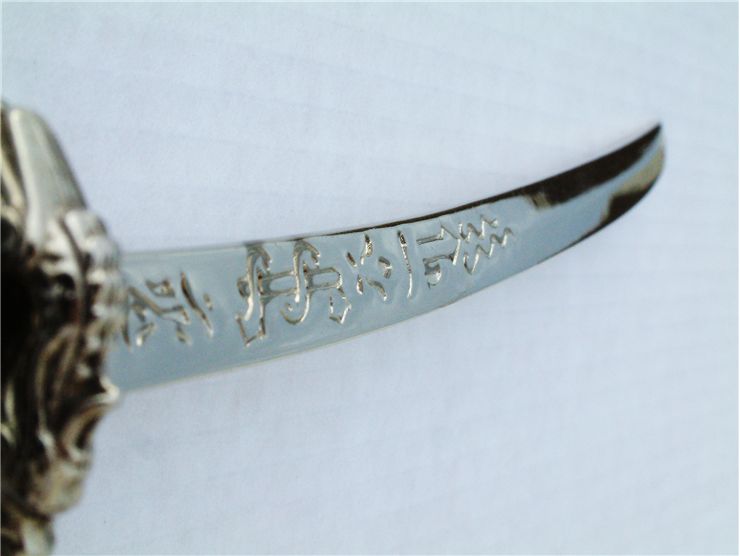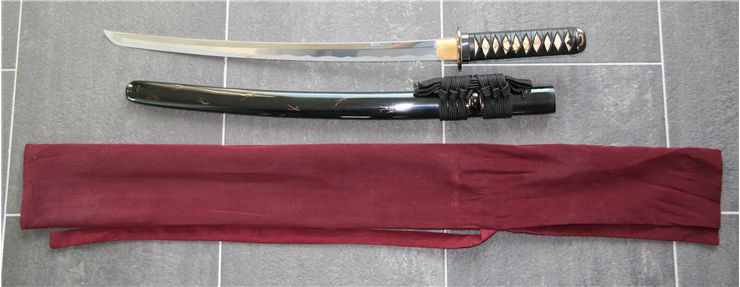Styles and Types of Swords
From the moment when a first longer blade appeared until now, many swords were made of different styles depending of its intended purpose, style and available technology at the time. We’ll start with some of the earliest types of swords.
- Khopesh is an Egyptian sickle-sword with blade that is only sharpened on the outside portion of the curved end. It developed from battle axes and was first made from bronze and then from iron.
- Xiphos is an iron sword from the the Ancient Greece. It was double-edged, had a blade that was 50–60 cm long and was made for one hand.
- Makhaira is an Ancient Greek saber recommended for use in cavalry.
- Falcata is a sword used on Iberian Peninsula before arrival of Romans. It had blade with one edge that curved forward and was concave on the lower part of the sword, but convex on top.
- Kopis is an Ancient Greek sword similar to falcata.
- Gladius is sword used by Ancient Roman foot soldiers. It is generally simple sword with two edges and a tapered point. From its name come words like gladiator and gladiolus (plant).
- Spatha is also an Ancient Roman sword but longer than gladius. It had 0.75 and 1m and was popular (along with its variations) in Europe in the first millennium. One of its variants was viking sword.
- Arming sword was used from the 11th to 16th centuries in Europe as a standard military sword of the medieval European knights. It was made for one hand, had a cruciform hilt and straight double-edged blade of around 69 to 81cm.
- Longsword was popular in Europe from 13th to 17th century. It had a cruciform hilt with a grip for two hands and a double-edged blade 100 to 122 cm long. Its variants were estoc that had no blades but was meant for thrusting and claymore that had cross hilt of forward-sloping quillons that ended in quatrefoils (a traditional Christian symbol of four leaves).
- Basket-hilted sword is the type of early modern sword (16th- 17th century) and is a broader name for swords that had basket-shaped guard that protects the hand. Some of them are broadsword, schiavona, mortuary sword, Scottish broadsword and walloon sword. They were also known as broadswords to distinguish them from the civilian rapiers.
- Rapier is a slender, sharply pointed sword, used for thrusting attacks. It was popular in Early Modern Europe during the 16th and 17th centuries. It had a complex hilt, similar to basket-hilted sword.
- Executioner's sword is a special type of sword used only for executions from 16th to early 18th century. They were two-handed but didn’t have the point and because of that were shorter than standard two-handed swords for fight - only 80-90 cm.
- Épée and foil are swords used in modern fencing. They are similar but épée has a stiffer blade that is V-shaped, larger bell guard and larger weigh. Blade of a foil is quadrangular, has 90 cm in length and a blunted (or foiled) tip.



